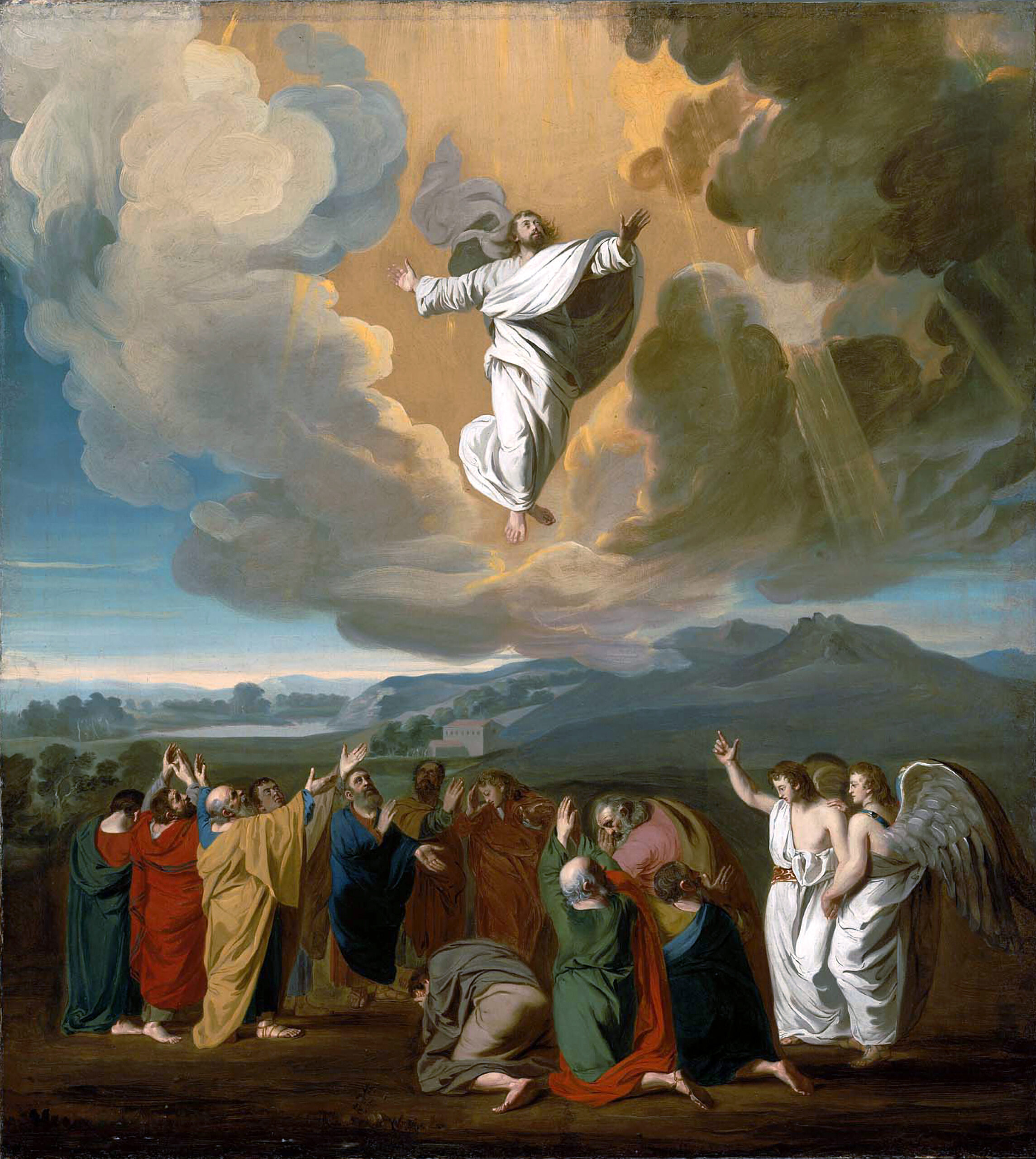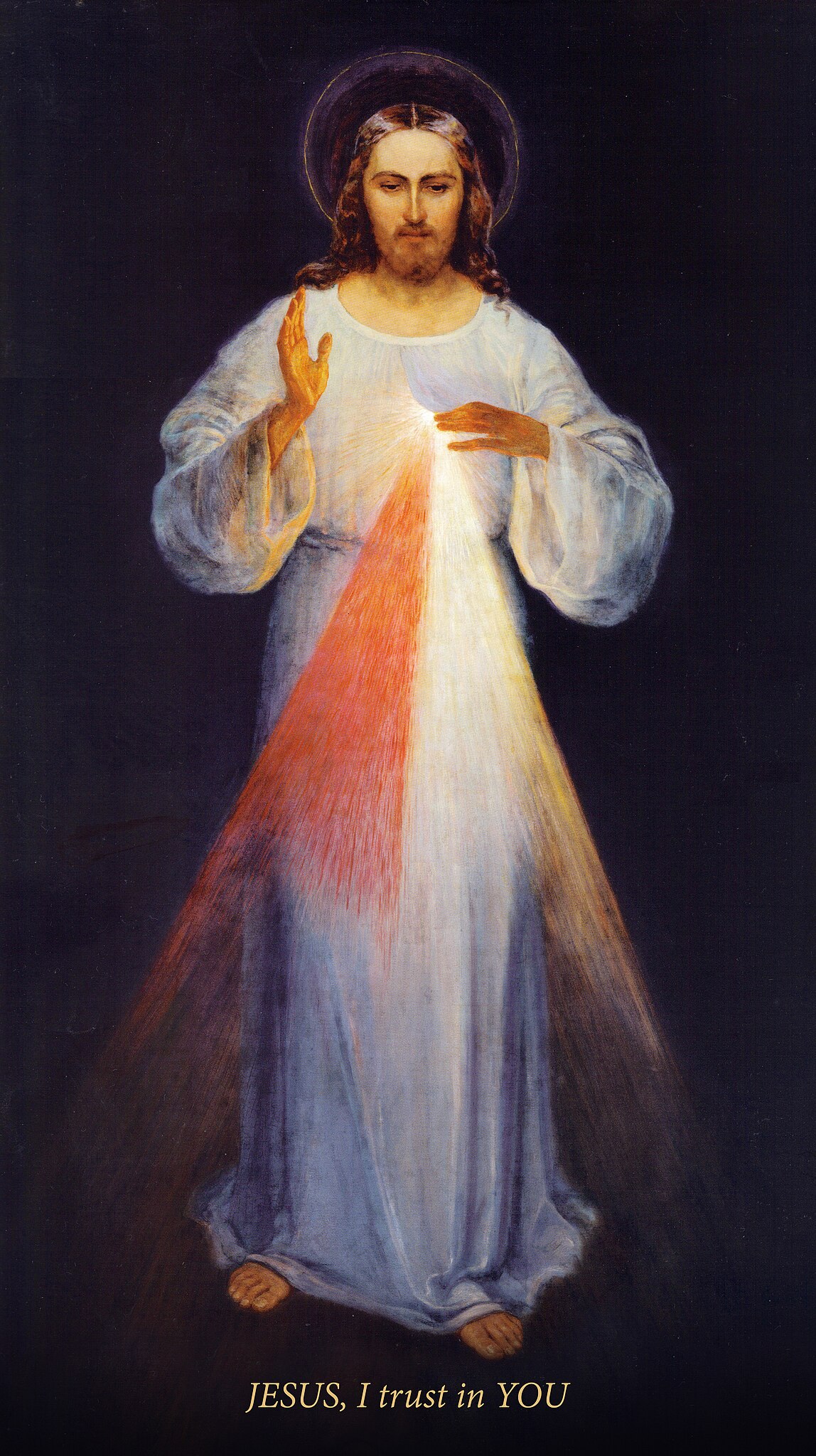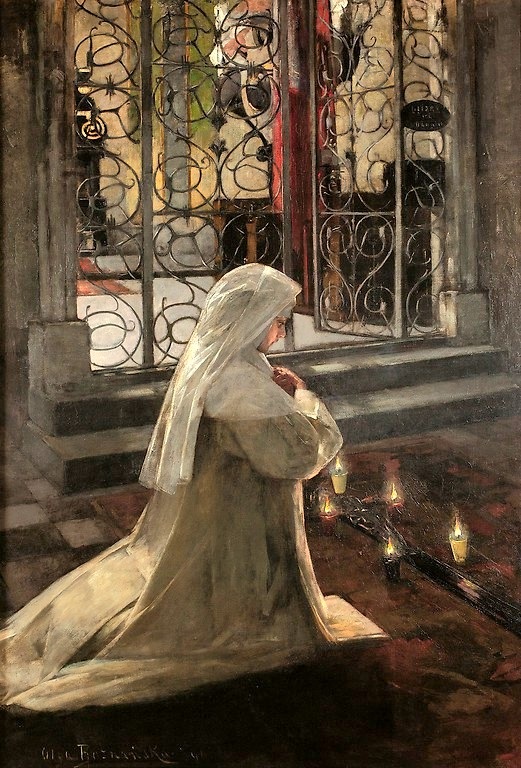Visualization is a powerful tool. Whether an athlete envisions the shot he is about to take or the entrepreneur pictures his business in a future state, visualization of a desired outcome hones the mind in a way that no external stimulus can. Therefore, Loving Parent, visualize your child as a young man or woman before Almighty God. And what do you see? You want to see a pious man or woman, do you not?
How does piety look? What are its features? The first image that likely floods your mind is one of hands folded, eyes closed, and head bowed. Perhaps you see your son or daughter kneeling before God—or perhaps laying prostrate. Perhaps you see him or her embracing Our Lord, like the prodigal son embraced his father upon his return home. Such images come to mind when we consider piety.
And while such images are beautiful, they are incomplete as they pertain to the great virtue of piety. Piety comes from the Latin word pietas (noun), and pious from pius (adjective). To the ancient Romans, pius was a very masculine, strong word meaning “devout” or “dutiful”—the sort of devotion a soldier held for his commander. A soldier was pius if he was willing to step into the breach, to hold his ground, to stare the enemy in the face, and die for a cause greater than himself. A man’s virtue was largely due to the pietas he held for the gods of his city. In fact, the poet Virgil used pietas as Aeneas’s common epithet in the Aeneid. And Christian chivalry continued the tradition in what became known as knightly piety—the virtue of those select men who were warriors for Christ and country.
And now we return to visualizing your son or daughter piously presenting him or herself before the throne of God. Perhaps now you see a different image. Perhaps now you see a physical strength in his or her demeanor, like a soldier standing at attention before his king, or perhaps genuflecting but leaning against his sword.
You, Dear Parent, are raising a warrior for Christ. Piety is the virtue of this warrior. Of course, the head is bowed in reverence to the King, but a firm grip holds the sword; the knee may be bent, but it is ready to spring into action to slay the demonic enemies of the kingdom.
Piety is devotion, yes, but it is passionate, strong, zealous devotion with a sense of honor and duty, never ashamed of one’s faith, always ready to defend the honor of Our Lord and of Holy Mother Church.
Visualize your child in this manner and he will be far more likely to develop the virtue of piety, which will manifest itself in every area of life. We will now examine three areas that are particularly related to the virtue of piety: the devotional life, the liturgical life, and the sacramental life.
Source: Parenting for Eternity by Conor Gallagher, Published by TAN Books (cf. Chapter 2: The Virtue of Piety).









